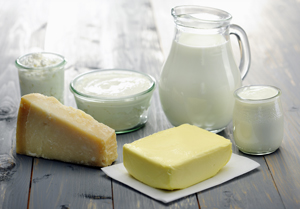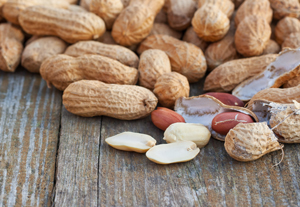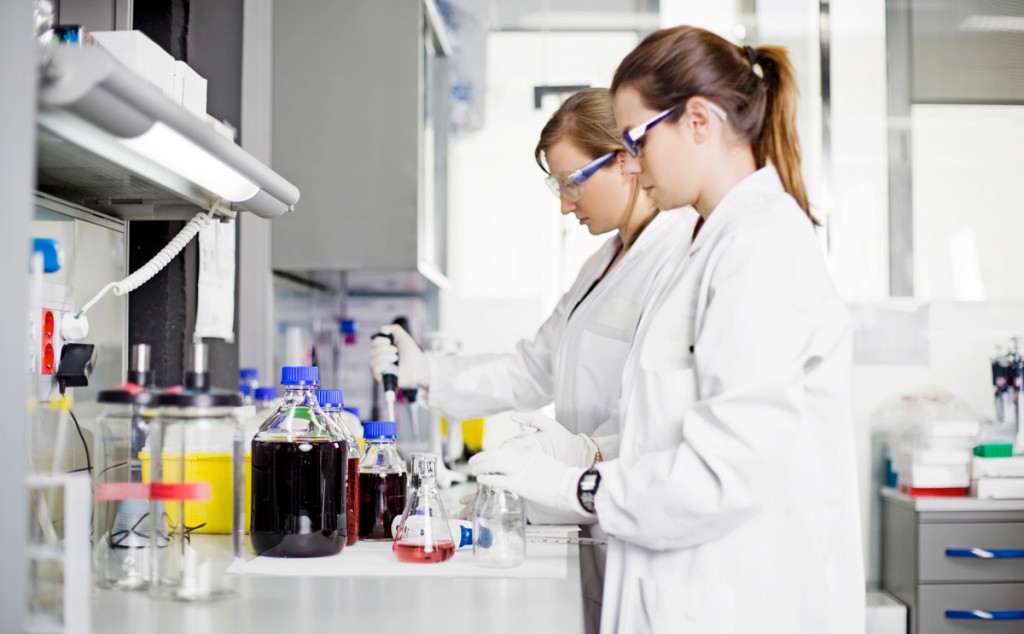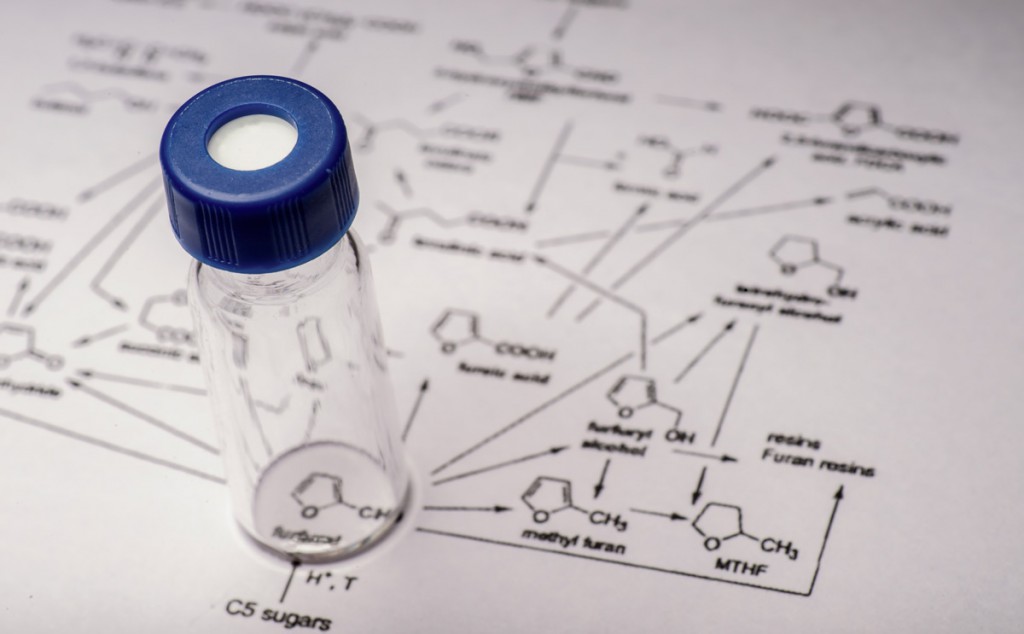We are very pleased to share with you below some of the latest Open Access papers published in Analyst that may be of interest to you. These research papers are free to access for all – we hope you enjoy reading them.
Rebekah Louise Sayers, Phil E Johnson, Justin T Marsh, Perdita Barran, Helen Brown and Clare Mills
Analyst, 2016, Accepted Manuscript
DOI: 10.1039/C6AN00359A, Paper
Marco Realini, Alessandra Botteon, Claudia Conti, Chiara Colombo and Pavel Matousek
Analyst, 2016, Advance Article
DOI: 10.1039/C6AN00413J, Paper
Jakob Felix Hitzenberger, Claudia Dammann, Nina Lang, Dominik Lungerich, Miguel García-Iglesias, Giovanni Bottari, Tomás Torres, Norbert Jux and Thomas Drewello
Analyst, 2016, 141, 1347-1355
DOI: 10.1039/C5AN02148K, Paper
Loanda R. Cumba, Christopher W. Foster, Dale A. C. Brownson, Jamie P. Smith, Jesus Iniesta, Bhawana Thakur, Devaney R. do Carmo and Craig E. Banks
Analyst, 2016, Advance Article
DOI: 10.1039/C6AN00167J, Paper
Georgios Theophilou, Kássio M. G. Lima, Pierre L. Martin-Hirsch, Helen F. Stringfellow and Francis L. Martin
Analyst, 2016, 141, 585-594
DOI: 10.1039/C5AN00939A, Paper
Samuel J. Allen, Kevin Giles, Tony Gilbert and Matthew F. Bush
Analyst, 2016, 141, 884-891
DOI: 10.1039/C5AN02107C, Paper
S. Casabella, P. Scully, N. Goddard and P. Gardner
Analyst, 2016, 141, 689-696
DOI: 10.1039/C5AN01851J, Paper
Woong Kim, Nara Kim, Eunbyoul Lee, Duckhoe Kim, Zee Hwan Kim and Joon Won Park
Analyst, 2016, Advance Article
DOI: 10.1039/C6AN00035E, Communication
Blake M. Bluestein, Fionnuala Morrish, Daniel J. Graham, Jamie Guenthoer, David Hockenbery, Peggy L. Porter and Lara J. Gamble
Analyst, 2016, 141, 1947-1957
DOI: 10.1039/C5AN02406D, Paper
Katherine Ganio, Simon A. James, Dominic J. Hare, Blaine R. Roberts and Gawain McColl
Analyst, 2016, 141, 1434-1439
DOI: 10.1039/C5AN02544C, Paper
Satish Balasaheb Nimse, Mukesh Digambar Sonawane, Keum-Soo Song and Taisun Kim
Analyst, 2016, 141, 740-755
DOI: 10.1039/C5AN01790D, Critical Review
Suman Mallick, Falguni Chandra and Apurba L. Koner
Analyst, 2016, 141, 827-831
DOI: 10.1039/C5AN01911G, Communication
Bing Li, Yong Qiu, Hanchang Shi and Huabing Yin
Analyst, 2016, Advance Article
DOI: 10.1039/C5AN02649K, Paper
Elias Blanco, Christopher W. Foster, Loanda R. Cumba, Devaney R. do Carmo and Craig E. Banks
Analyst, 2016, Advance Article
DOI: 10.1039/C6AN00440G, Paper
Morphy C. Dumlao, Laura E. Jeffress, J. Justin Gooding and William A. Donald
Analyst, 2016, Advance Article
DOI: 10.1039/C6AN00178E, Paper
Thomas P. McNamara and Christopher F. Blanford
Analyst, 2016, Advance Article
DOI: 10.1039/C6AN00143B, Paper
Yuki Hiruta, Ryosuke Kanazashi, Eri Ayano, Teruo Okano and Hideko Kanazawa
Analyst, 2016, 141, 910-917
DOI: 10.1039/C5AN01996F, Paper
Julia Kuligowski, Marwa R. EL-Zahry, Ángel Sánchez-Illana, Guillermo Quintás, Máximo Vento and Bernhard Lendl
Analyst, 2016, 141, 2165-2174
DOI: 10.1039/C5AN01865J, Paper
Drupad K. Trivedi, Katherine A. Hollywood, Nicholas J. W. Rattray, Holli Ward, Dakshat K. Trivedi, Joseph Greenwood, David I. Ellis and Royston Goodacre
Analyst, 2016, 141, 2155-2164
DOI: 10.1039/C6AN00108D, Paper
Miguel Aller Pellitero, Maria Kitsara, Friedrich Eibensteiner and F. Javier del Campo
Analyst, 2016, 141, 2515-2522
DOI: 10.1039/C5AN02424B, Paper
P. Matousek, C. Conti, M. Realini and C. Colombo
Analyst, 2016, 141, 731-739
DOI: 10.1039/C5AN02129D, Critical Review
L. E. Jones, A. Stewart, K. L. Peters, M. McNaul, S. J. Speers, N. C. Fletcher and S. E. J. Bell
Analyst, 2016, 141, 902-909
DOI: 10.1039/C5AN02326B, Paper
Rachael Smith, Karen L. Wright and Lorna Ashton
Analyst, 2016, Advance Article
DOI: 10.1039/C6AN00152A, Critical Review
Vijaya Sunkara, Hyun-Kyung Woo and Yoon-Kyoung Cho
Analyst, 2016, 141, 371-381
DOI: 10.1039/C5AN01775K, Minireview
John J. MacInnis, Trevor C. VandenBoer and Cora J. Young
Analyst, 2016, Advance Article
DOI: 10.1039/C6AN00313C, Paper
James Ord, Holly J. Butler, Martin R. McAinsh and Francis L. Martin
Analyst, 2016, Advance Article
DOI: 10.1039/C6AN00392C, Paper
Tanja Gaissmaier, Markus Siebenhaar, Vanya Todorova, Volker Hüllen and Carsten Hopf
Analyst, 2016, 141, 892-901
DOI: 10.1039/C5AN02302E, Paper
Bhawana Thakur, Elena Bernalte, Jamie P. Smith, Christopher W. Foster, Patricia E. Linton, Shilpa N. Sawant and Craig E. Banks
Analyst, 2016,141, 1233-1238
DOI: 10.1039/C5AN02469B, Communication
Santiago Medina-Rodríguez, Sergey A. Denisov, Yanouk Cudré, Louise Male, Marta Marín-Suárez, Alberto Fernández-Gutiérrez, Jorge F. Fernández-Sánchez, Arnaud Tron, Gediminas Jonusauskas, Nathan D. McClenaghan and Etienne Baranoff
Analyst, 2016, Advance Article
DOI: 10.1039/C6AN00497K, Paper
Joshua M. Jackson, James B. Taylor, Małgorzata A. Witek, Sally A. Hunsucker, Jennifer P. Waugh, Yuri Fedoriw, Thomas C. Shea, Steven A. Soper and Paul M. Armistead
Analyst, 2016, 141, 640-651
DOI: 10.1039/C5AN01836F, Paper












 The Gordon F. Kirkbright bursary award is a prestigious annual award that enables a promising student/non-tenured young scientist of any nation to attend a recognised scientific meeting or visit a place of learning.
The Gordon F. Kirkbright bursary award is a prestigious annual award that enables a promising student/non-tenured young scientist of any nation to attend a recognised scientific meeting or visit a place of learning.



 Scientists in the UK are battling food fraud with
Scientists in the UK are battling food fraud with  A team of British and Australian scientists has
A team of British and Australian scientists has 

